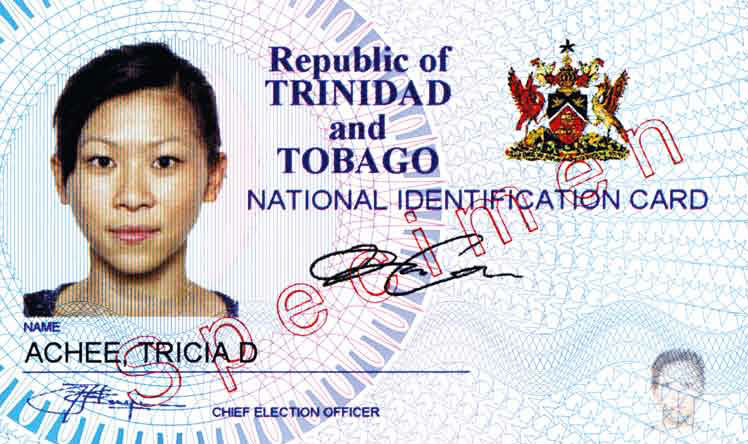1846
Trinidad and Tobago a colony administered by the Governor and Nominated Assemblies
Petition signed by 1,700 persons and sent to the Colonial Office for establishment of a representative assembly
1856
Reform Association formed to fight for elected representation
1921
Wood Commission recommends 7 elected and 19 nominated members in a Legislative Assembly of 26 members
1924
Men age 21 years and women age 30 years given the franchise
1925
First General Elections held on the recommendation of the Wood Commission
1946
Universal Adult Suffrage attained; franchise extended to persons 21 years and over
Provision for a Supervisor of Election responsible for fairness and impartiality.
Single seat electoral districtsIntroduction of ballot boxes.
Introduction of candidates' symbols on ballot paper.
Mandatory time off (2 hours) to be given by employers to allow employees to vote
1956
Introduction of electoral ink
1961
Use of voting machines to record votes instead of ballot boxes
1961

Introduction of Identification Cards with photographs to be used at polling stations
1961
Registration records available at polling stations
1969
Nationwide House to House Survey
1971
No-Vote campaign by Opposition Parties
1976
The Voting Machine replaced by the ballot box
1976
Franchise extended to eighteen (18) year olds
1980
Commencement of computerization of Elections and Boundaries Commission registration records which were subsequently destroyed by fire
1985
Nation-wide House to House Survey
1985
Country-wide Registration Update
1986

Production of Computer-generated ID Cards
2000
For the first time two Parliamentary Elections are held in 12 month period, December 11 2000 and December 10 2001
2001
Nation-wide House to House Survey
2003
Increase in the number of Constituencies from 36 to 41
2005
Introduction of the Electronic Voter Registration and Electoral System (Integrity)
2007
The number of seats in the Parliamentary Elections to the House of Representatives increased from 36 to 41
